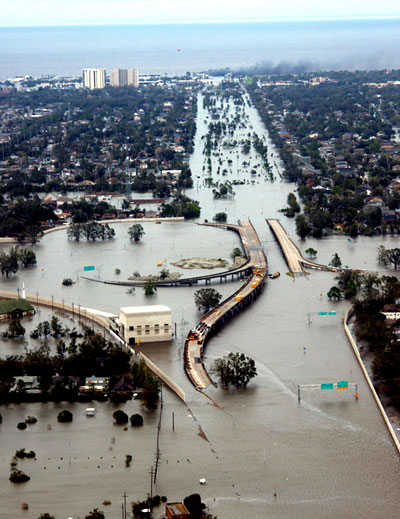I thought you all might find this interesting and insightful. I know that Informationalism is not explicitly atheist; my closest examination has led me to conclude that Spinoza-like Pantheism or weak Atheism are probably the best approaches to Informationalism. I posit a simple redefinition of the terms so that Atheism and Pantheism become one.
I feel this movie links up my last post, because it shows the harm that can come from forcing unfounded dogma onto children. I would not even condone labeling a child as a Informationalist child. It is a matter of choice that must be made at an age of consent.
I'm showing this in the hopes that all of you will take an opportunity to take another look at your own faiths; to try and discover where you may be dogmatic. I'm asking, as always, that you consider the benefits of the possibilities that come with Informationalism. Finally, it is my hope that some of you might decide to help pick up the cause, and embrace this progressive philosophy.
2/24/2007
Richard Dawkins - "There is no such thing as a Christian Child"
Written by
Octavian
at
00:10
2
comments
![]()
2/18/2007
Why Our Country Needs Informationalism
I think this article says it all my friends:
http://news.yahoo.com/s/ap/20070218/ap_on_re_us/evolution_jews
Here is the website: http://www.fixedearth.com/
State Rep. Ben Bridges of Georgia has been affiliated with a memo passed around the political scene which decries Science and attempts to replace it with the Pseudoscience of a man named Marshall Hall. Hall is the President of the "Fair Education Foundation". The name of the organization itself is an example of the disinformation that those frightened of the freedom of information will promote. There is no fair education for this man, there is only the age old attempt of those who fear the future and wish to silence it in the name of piety.
attempt of those who fear the future and wish to silence it in the name of piety.
To sum up this ridiculous website promoted by a ridiculous excuse for a representative. It attempts to show the public how the modern model of the universe and evolution are mere products of a "zionist agenda". Of course, one wonders why they chose to lump these two areas of study together specifically. It is because they are both threats to Christianity.
Informationalism wishes to promote the freedom of information. There is no problem with the creation of such information, the problem is that this website parades incorrect information as correct information. By doing this it also engages in disinformation. The result? A deliberate misleading of the public. This website is fraud; it is an example of all that a society without freedom of information can be subjected to.
A final thought. Imagine if a child who knew little about the subject were to stumble upon this website. The influence that it could have upon their ability to think critically would be catastrophic. For the sake of free information and free society we must let it be known that fraud and disinformation cannot be tolerated.
Written by
Octavian
at
22:59
6
comments
![]()
2/13/2007
The seminar on the situation in  develop unsafe lands. In the end it was shown that the government played an active role in promoting the unsafe policy, and the lack of communication and planning on the local and national level played a large role in the ensuing disaster.
develop unsafe lands. In the end it was shown that the government played an active role in promoting the unsafe policy, and the lack of communication and planning on the local and national level played a large role in the ensuing disaster.
The city of
However, the city obviously had planned to grow, and so decided expansion and drainage of the swampland in coordination with development would be the best strategy to take. They undertook the paradox that the speaker referred to as making unsafe land safe. The swamp land was drained, causing the dried up soil to compress and sink below sea level. It was then placed behind levees for protection that were only designed to withstand category 3 Hurricanes.
The danger was realized, and the city was sued for failing to adequately maintain the pump systems to keep the water out. However, the development of
The area that had been swamp land which was developed quickly flooded as it was already under sea level. It should be noted that the area built on the natural dunes was spared a large amount of the destruction. The levees could not withstand a category 4 Hurricane, and so they broke. Since the levees were made in one large wall, a single breech caused the water to pool in the area below sea level and then become stuck, prolonging the flooding. This was also combined with failure to communication between the national and local level of government.
The results were that thousands were killed, billions of dollars in damage was suffered, and thousands of people were left homeless and forced to move outside of the city. All of this could have been avoided with proper planning.
Written by
Octavian
at
14:02
5
comments
![]()


